Ultrasound Scanning Machine
An ultrasound scanning machine is a medical imaging device that uses high-frequency sound waves to produce images of structures inside the body. These machines are commonly used to visualize internal organs, tissues, and blood flow, aiding in the diagnosis and monitoring of various medical conditions. Ultrasound is especially prevalent in obstetrics, where it provides images of the developing fetus during pregnancy.
Description
Ultrasound Scanning Machine
An ultrasound scanning machine is a medical imaging device that uses high-frequency sound waves to produce images of structures inside the body. These machines are commonly used to visualize internal organs, tissues, and blood flow, aiding in the diagnosis and monitoring of various medical conditions. Ultrasound is especially prevalent in obstetrics, where it provides images of the developing fetus during pregnancy.
How It Works
- Transducer: The key component is a transducer, which emits high-frequency sound waves into the body.
- Sound Waves: These sound waves bounce off internal structures and return to the transducer.
- Image Formation: The returning sound waves are converted into electrical signals, which are then processed by the machine to create real-time images displayed on a monitor.
Types of Ultrasound Scans
- 2D Ultrasound: Provides flat, two-dimensional images of the structures inside the body.
- 3D Ultrasound: Generates three-dimensional images, offering more detailed views.
- 4D Ultrasound: Adds the dimension of time, showing real-time motion, commonly used in obstetric imaging.
- Doppler Ultrasound: Measures and visualizes blood flow through vessels, useful in assessing cardiovascular conditions.
Applications
- Obstetrics: Monitoring fetal development, detecting abnormalities, and determining the baby’s sex.
- Cardiology: Evaluating heart function and detecting heart diseases.
- Abdominal Imaging: Visualizing organs like the liver, kidneys, pancreas, and bladder.
- Musculoskeletal: Assessing injuries and conditions affecting muscles, tendons, and joints.
- Vascular: Checking blood flow and detecting blockages or clots in blood vessels.
Advantages
- Non-Invasive: Unlike some other imaging techniques, ultrasound does not require incisions or injections.
- Safe: Uses sound waves instead of ionizing radiation, making it safer, especially for pregnant women and children.
- Real-Time Imaging: Provides immediate images, useful for guiding procedures like needle biopsies.
Safety and Considerations
- Operator Skill: The quality of the ultrasound images and their interpretation depend on the skill of the technician or doctor performing the scan.
- Preparation: Depending on the type of ultrasound, patients may need to follow specific instructions, such as fasting or having a full bladder.










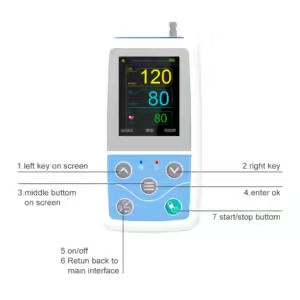



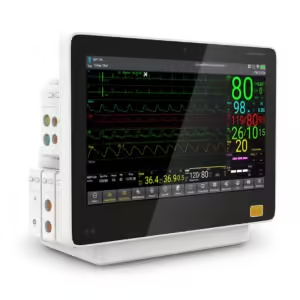
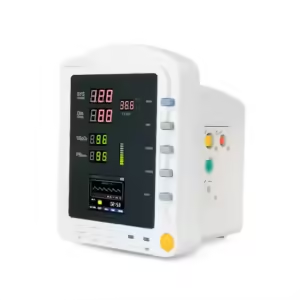




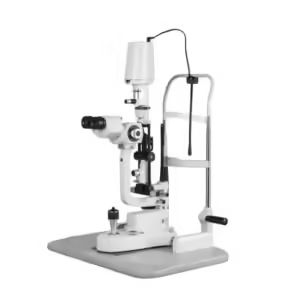
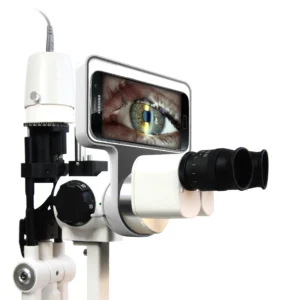


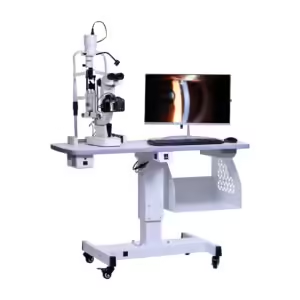












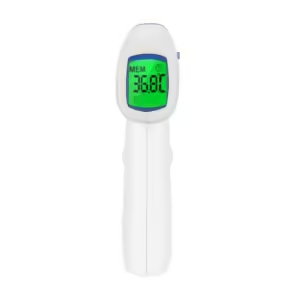



Reviews
There are no reviews yet.